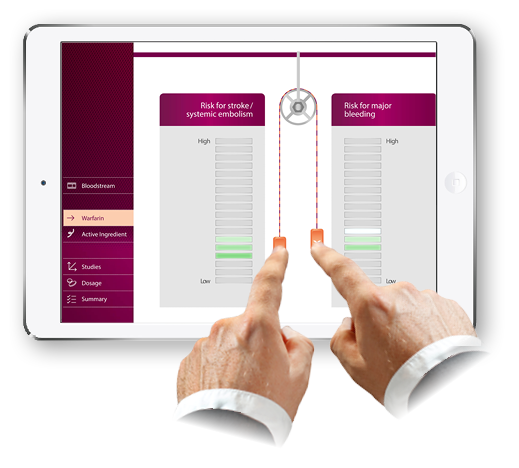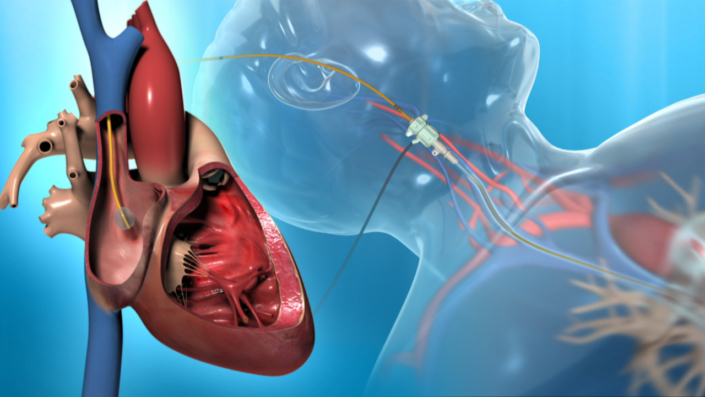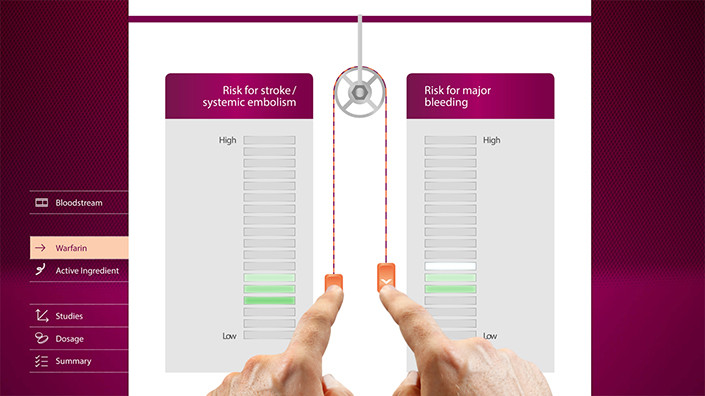Many therapeutic areas are highly competitive, even more so when you are not the first to enter the market. Our client faced exactly that situation but had excellent clinical data with the potential to shift a paradigm in the field of anti-coagulation.
However, the available material was, as so often, neither particularly thrilling for the target group nor at all visually appealing.
Our challenge: Developing an interactive visual tool to make the clinical data more accessible.
BEFORE: Clinical trials, facts, tables & graphs











